
This page last revised 23 August 2006 -- S.M.Gon III
Introduction
Ecoregion
Conservation Targets
Viability
Goals
Portfolio
TNC Action Sites
Threats
Strategies
Acknowledgements
▫
Tables
Maps & Figures
CPT Database
Appendices
Glossary
Sources
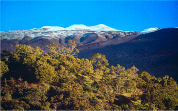
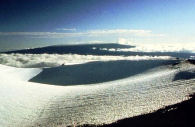
The highest alpine system areas are nival aeolian habitats with winter snow.
Alpine System
Natural communitiesabove 3,000 m (9,000 ft) elevation comprise the Alpine system in theHawaiian High Islands Ecoregion. The Alpine system is restricted to twoislands: Hawai‘i and Maui, and occupies the summit regionsof the highest mountains on those islands (Haleakalā on Maui; Mauna Keaand Mauna Loa on Hawai‘i). There are only three naturalcommunities described within the alpine system; an alpine lake, aeoliandesert, and a sparse shrubland of alpine adapted plants. Raw biologicaldiversity is not high in this system, but highly specialized plants andinvertebrates occur there, such as the wekiu bug (Nysius wekiuicola) and silverswords (Argyroxiphium macrocephalus). The ecological system adjacent to the alpine is the subalpine system.
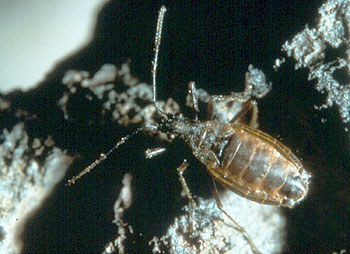
The wekiu bug,named for Pu‘u Wekiu (the highest peak in the Hawaiian Islands),is a flightless, melanic insect specialized for alpine aeolianhabnitats.
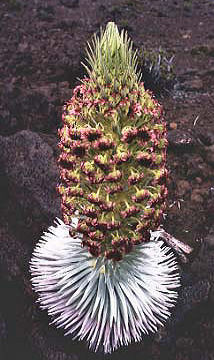
Silverswords bear a rosette of leaves covered
with reflective hairs that protect from both high
solar radiation levels and moisture loss at
alpine elevations.
Alpine natural communities are listed among nested targets via the appendices.


The wekiu bug,named for Pu‘u Wekiu (the highest peak in the Hawaiian Islands),is a flightless, melanic insect specialized for alpine aeolianhabnitats.

Silverswords bear a rosette of leaves covered
with reflective hairs that protect from both high
solar radiation levels and moisture loss at
alpine elevations.
Alpine natural communities are listed among nested targets via the appendices.

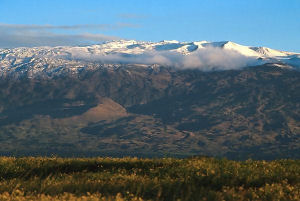
The Alpine System in Hawai‘i includes nival aeolian desert
at the summit of the highest volcanoes (>9000 ft elev).
at the summit of the highest volcanoes (>9000 ft elev).
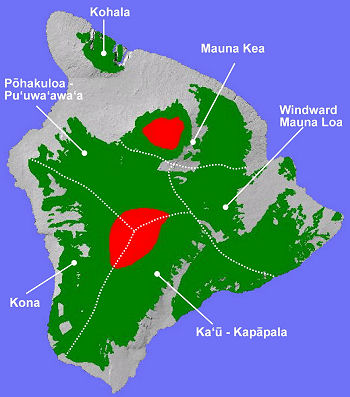
The Alpine System on Hawai‘i Island(red areas above) occurs in four conservation areas (Mauna Kea, Ka‘ū-Kapāpala, Kona,
and Pōhakuloa-Pu‘u Wa‘awa‘a) at >9000 ft elev.
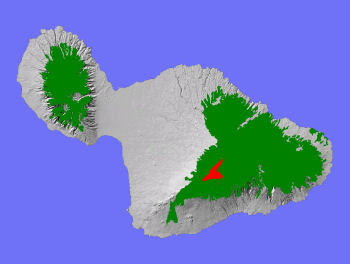
The Alpine System on Maui (red area above) occurs in the East Maui conservation area at the summit of Haleakalā >9000 ft elev.

